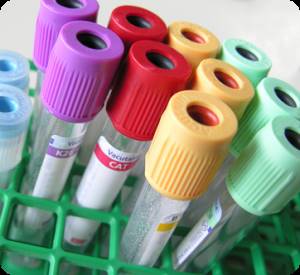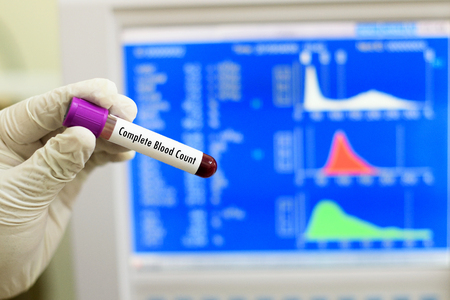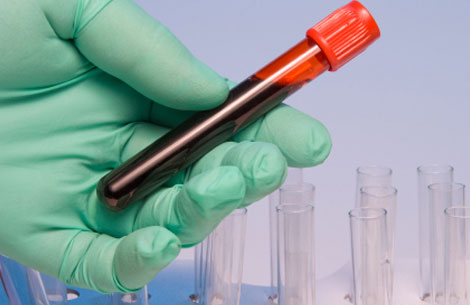
Do you have experience doing full blood count? It is a common blood test to check a person’s general health or to screen for conditions such as anaemia.
In a laboratory the number of red cells, white cells and platelets in the blood are assessed.
– Red cells are vital for transporting oxygen around the body.
– Haemoglobin makes up part of the red blood cells.
– The body uses white cells to fight infections.
– Platelets play a role in blood clotting, stopping bleeding.
How is the full blood count carried out?
A small sample of blood is taken from a vein in the arm by a nurse, doctor or phlebotomist (someone specially trained to collect blood from patients for laboratory tests). The test may be taken in a clinic, GP’s surgery or hospital department.

The area of skin where the needle will go in to take the sample may be cleaned with an antiseptic wipe. A tourniquet is then usually put round the upper arm to make the vein swell to make it easier to take the sample.
A slight pricking sensation may be felt from the needle. If a person is nervous about needles, the person taking the sample should be told so they can make the patient feel more at ease.
One collection needle device can be used to collect several samples for different types of blood test.
After the test, pressure is put on the small puncture in the skin for several minutes with a cotton wool pad. This stops any bleeding and helps prevent bruising. A plaster is usually applied to keep the area clean and prevent infection.
The vial of blood is sent to a laboratory where the different types of blood cells are measured or counted.
Understanding full blood count test results
The results of the full blood count test will be known quickly, or in a few days, depending on the urgency of the test.

Results may be given to doctors in hospital for day case patients or people admitted to wards, or may be sent to the GP who arranged the test. The doctor will need to study and interpret the results before explaining them to a patient and arranging any further investigations.
The results don’t always give a definitive diagnosis, but can give pointers about health problems, which may then require further investigation.
– Low haemoglobin indicates anaemia, perhaps from diet problems or conditions causing internal bleeding.
– High haemoglobin can suggest lung disease or problems with bone marrow.
– Low white blood cell count can suggest bone marrow problems, such as bone marrow cancer. This test is often done during chemotherapy treatment for cancer. Low white cell counts could also be because of a virus, genetics or it may not be significant at all.
– High white blood cell counts could indicate the immune system is fighting an infection, but in rare cases, can also signify leukaemia or blood cancer.
– Low platelet counts are another possible sign of a viral infection, or the body’s immune system wrongly attacking parts of the body due to autoimmune conditions.
– High platelet counts can mean inflammation, infections, or conditions affecting the bone marrow.
Source :- WebMD

Leave a Reply